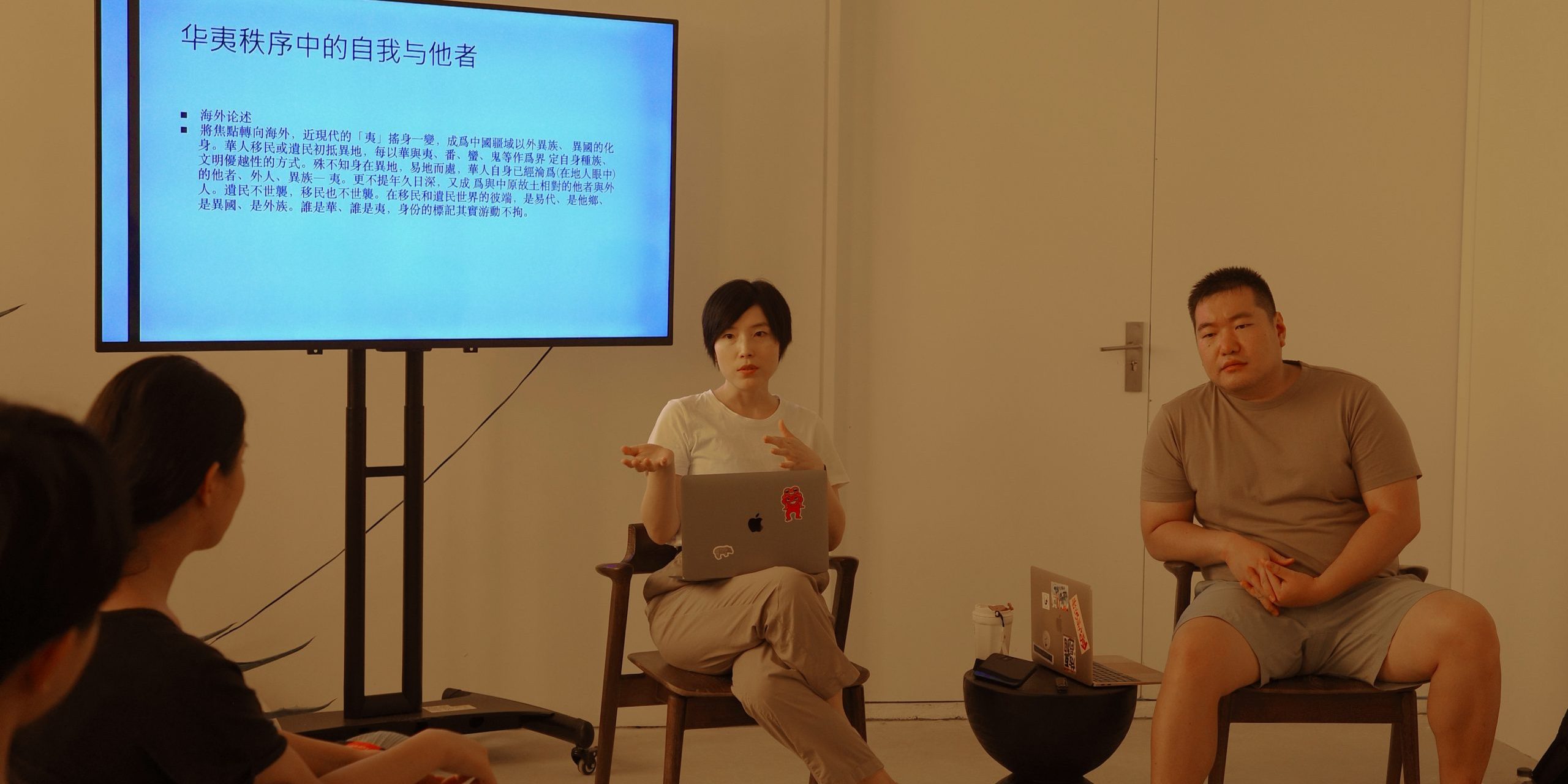Longlati Public Program | Heteroglossia
In response to the shift of forefront of thoughts and resonate with the pulse of the times, the Longlati Collection and Patronage Program was initiated in 2017 with three themes: 20th-century international women artists, minority and multi-minority cultures, and the practice of post-90s Chinese artists. These threads fall within three emerging academic fields: feminist philosophy, minority theory, and Sinophone studies. However, these fields, closely related to “otherness,” have not yet been intensely cultivated and connected in the Sinophone circle. Motivated by this condition, “Heteroglossia” seeks to answer questions such as: What is the significance of producing feminist exhibitions in the Sinophone world? Why must we pay particular attention to minority groups and their theories? Are Chinese a minority? In the wake of identity politics, how do we find discourses that link each other amid the clamor of the multitudes? In particular, how can the voices of the many proclaim “Hua”?
Co-curators: Jenny Jiaying Chen, Mingzhe Chen, Daihai Zhang
1.4 Creolization of Theory and Becoming strategies of “local others”
The concept of the Other originating from Hegel’s “Master-Slave Dialectic,” has been critically reinterpreted through post-structuralism, revealing its various functions in deconstructing notions of subjectivity, centrality, and presence. Nevertheless, even as we follow the footsteps of post-structuralism (such as Foucault, Derrida, Lacan, Kristeva, and Irigaray), an unavoidable reality is the implication of “Eurocentrism” and “universalism” embedded within. Based on this presupposition, the Other in critical theory actually turns out to be a form of the “Other of the self,” a trembling posture of Eurocentric self who is encountering an abstract Other, and a narcissistic exploration of the self’s unknowable aspects. Simultaneously, we seem to confront the conclusion drawn by Spivak, that “the subaltern cannot speak.”
If we wish to sidestep Spivakian’s conclusion and aspire to continue speaking from the margins, we must contemplate a version of the Other that diverges from critical theory. This lecture will draw on the exploratory paths and theoretical “creolization” of scholars within the Sinophone academic sphere, such as Shumei Shih, David Wang, Rey Chow, and others, to attempt to propose strategies for generating “local others.” Firstly, there’s a need to critically assess the “universalism” asserted within critical theory and localize its treatment, emphasizing the erased “local context” (of the global 1960s) in its dissemination process. Secondly, a fundamental distinction is made between Theory and theories, the latter seen as theories generated locally (such as post-colonialism, feminism, critical race studies, Sinophone studies). Within this theoretical context, the others are plural, lowercase, and localized others. Lastly, the focus is brought back to the Asian context, where the “self and other” reversal, dialectic, and conflation within the “Hua-Yi Order” are contemplated.
Period: Aug 13, 2023 14:00-16:00
Venue: Longlati Garden Exhibition Area
Readings
- 周蕾(2011),《世界标靶的时代:战争、理论与比较研究中的自我指涉》,麦田
- 周蕾(2013),《理想主义之后的伦理学》,河南大学出版社
- 王德威(2020),〈华夷之变——华语语系研究的新视界〉,国研纪要 155:45―77
- 史书美(2023),〈种族与关系——南方以南的全球60年代〉,《中外文学》 第五十二卷 第二期
- F. Lionnet, S.-M. Shih ed. (2015), The Creolization of Theory, Duke University Press
- F. Lionnet, S.-M. Shih ed. (2005), Minor Transnationalism, Duke University Press
Guests

Subjects of Desire: Hegelian Reflections in Twentieth-Century FranceThe Lost Thread: The Democracy of Modern Fiction






